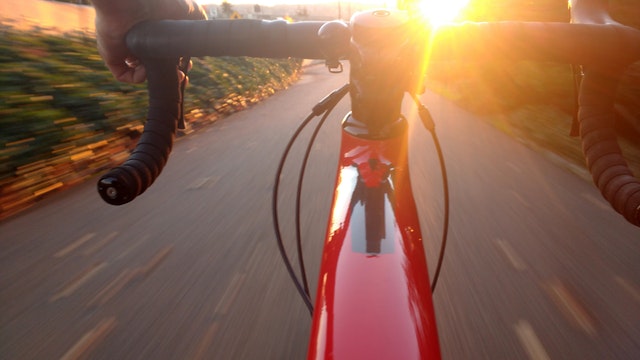Revamping Sidebar Icons: Seeking Fresh Ideas!
Hello, fellow WordPress enthusiasts!
I’ve been pondering over the current design of my sidebar icons, and I must admit, I’m not quite satisfied with their appearance. They don’t quite capture the vibe I’m aiming for, and I believe there’s room for improvement.
I would love to hear your suggestions—whether it’s different styles, color schemes, or even entirely new icons that fit better with my overall theme. Your creativity and insights could make a significant difference!
Thanks in advance for your help! Let’s transform those sidebar icons into something fantastic together!


2 responses to “Need suggestions for better sidebar icons—current ones aren’t appealing. Thanks!”
Certainly! Updating your sidebar icons can greatly enhance the overall aesthetic of your website and improve user experience. Here are some approaches and resources you might consider to refresh your sidebar icons:
1. Choose a Consistent Style
First, establish a cohesive theme for your icons. Whether you prefer flat, outlined, or 3D icons, consistency is key. This not only enhances visual appeal but also helps users quickly recognize functional elements on your site. For inspiration, you can check:
2. Custom Icons
If you want something unique, creating custom icons tailored to your brand can set you apart. Tools like Adobe Illustrator or Canva let you design icons easily. If you’re not comfortable with design, consider hiring a freelance designer from platforms like Fiverr or Upwork to craft bespoke icons that align with your vision.
3. Use SVG Icons
Opt for SVG (Scalable Vector Graphics) files instead of PNGs or JPGs. SVGs are resolution-independent and will look crisp on all screens, making them ideal for a modern website design. Many icon libraries offer icons in SVG format, and you can easily customize their colors and sizes through CSS.
4. Hover Effects
Adding hover effects can enhance interactivity and engagement. For example, you could change the icon color or add a subtle shadow or scale effect when users hover over them. This can make your sidebar feel more dynamic and encourage visitors to interact with the elements.
5. Spacing and Layout
Sometimes, the issue isn’t with the icons themselves but their layout. Ensure that your icons are spaced evenly and aligned correctly. Overcrowding can make even beautiful icons look cluttered. Use elements like breathability and white space to create a clean and organized sidebar.
6. Test Different Styles
Don’t be afraid to experiment with different styles! Use A/B testing tools to compare how various icons impact user engagement metrics like click-through rates or time spent on-page. WordPress plugins like Nelson or Google Optimize can facilitate this process efficiently.
7. Seek Feedback
Once you update your icons, gather feedback from your audience. You can create quick polls or surveys asking visitors their thoughts on the new designs or ask for their preferences before finalizing the look.
Conclusion
By taking these steps, you’ll be able to craft a sidebar that not only looks better but also serves your users more effectively. Remember, aesthetic improvements can lead to better user experience and engagement, so taking the time to refine those icons is definitely worthwhile. Feel free to share your new designs after you make changes; I’d love to see how they turn out!
Hi there!
It’s great to see you seeking input on your sidebar icons—small details like these can really elevate a website’s overall aesthetic and user experience. Here are a few suggestions to consider:
1. **Consistency with Theme**: Ensure that your icons align with your site’s color palette and typography. Using shades that complement the main elements of your page can create a more cohesive look.
2. **Flat Design vs. 3D Elements**: Flat icons are trendy and can convey modernity, while slightly three-dimensional icons can add depth and interest. Choose a style that resonates with your target audience and content.
3. **Simplicity is Key**: Sometimes less is more. Icons that are too intricate can distract or confuse visitors. Aim for clear, intuitive designs that communicate their function at a glance.
4. **Animated Icons**: Subtle animations can engage users by drawing attention to important sections. Think about quick hover effects or transitions that can bring your icons to life without being overwhelming.
5. **Accessibility Considerations**: Make sure that your icons are easily distinguishable for all users, including those with visual impairments. High contrast and recognizable symbols will enhance usability.
6. **Resources for Inspiration**: Websites like Flaticon, Iconfinder, and Dribbble offer a plethora of free and premium icons that could spark ideas. You might discover a style that aligns perfectly with your vision.
7. **Feedback from Users**: Once you’ve created a few mockups